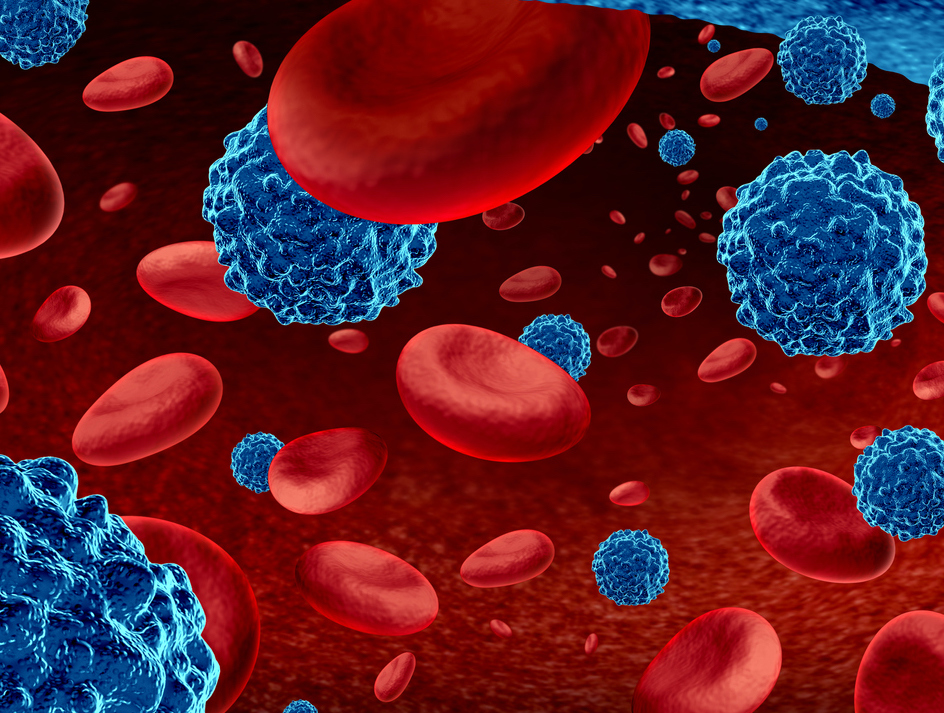
Recently Diagnosed or Relapsed? Stop Looking For a Miracle Cure, and Use Evidence-Based Therapies To Enhance Your Treatment and Prolong Your Remission
Multiple Myeloma an incurable disease, but I have spent the last 25 years in remission using a blend of conventional oncology and evidence-based nutrition, supplementation, and lifestyle therapies from peer-reviewed studies that your oncologist probably hasn't told you about.
Click the orange button to the right to learn more about what you can start doing today.
- You are here:
- Home »
- Blog »
- Multiple Myeloma »
- Multiple Myeloma Stages
Multiple Myeloma Stages

Learn all need to know about Multiple Myeloma stages — from stage I to II, III, and end stage.
Staging Multiple Myeloma is central to determining a patient’s prognosis, yet it can be complicated and downright confusing. Myeloma specialists themselves don’t even agree on how to stage the newly diagnosed patient properly. A Multiple Myeloma prognosis will depend on your age, diagnostic symptoms, stage, symptoms and more. While there are certainly standard staging systems, each system weighs different diagnostic factors differently.
The two recognized staging systems for myeloma are:
- The Durie-Salmon Staging System — This focuses on what, if any, damage your MM is doing to you.
- The Revised International Staging System (R-ISS) — Which focuses on any potential risks that your Myeloma may present in the future.
Depending on the system and depending on the oncologist, the weight and application of specific diagnostic criteria can vary. There are a few things that everyone agrees on:
- The more plasma cells (aka monoclonal proteins or Multiple Myeloma IN your bone marrow), the more advanced your myeloma is and the higher your stage at diagnosis.
- Not only does the patient’s diagnostic criteria inform their stage at diagnosis — but the patient’s age, general health, and other conditions such as diabetes, kidney disease, and heart disease, also play a role.
The Agreed Criteria Between Both Multiple Myeloma Staging Systems
While both staging systems differ in the weighting of diagnostic criteria, newly diagnosed Multiple Myeloma patients should focus on the factors both systems agree on:
- Staging each Myeloma patient is designed to measure how much disease is in the patient’s bones.
- Staging the newly diagnosed Multiple Myeloma patient gives them specific information relating to their therapy plan, progression-free and overall survival.
- Staging criteria takes into account a variety of diagnostic criteria — no single diagnostic test says it all.
- And finally, stage 1 has a better prognosis than stage 2 which has a better prognosis than stage 3.
Now that we have explained the general idea process behind myeloma staging we can review the stages of Multiple Myeloma.
An Overview of the Multiple Myeloma Stages
Pre-Myeloma
While Single Bone Plasmacytoma (SBP), Monoclonal Gammopathy of Undetermined Significance (MGUS), and Smoldering Multiple Myeloma (SMM) are MM stages, they are stages of Pre-Myeloma, not full Myeloma. Pre-Myeloma stages are considered to be blood disorders and not cancer. A diagnosis of Pre-Myeloma tells you that your risk of a Multiple Myeloma diagnosis is increased compared to average people. Need help understanding your Pre-Multiple Myeloma Diagnosis? Cover a full spectrum of Pre-Myeloma issues with our course.
Multiple Myeloma Stage 1
According to research, less than 5% of newly diagnosed myeloma patients (about 1600 patients annually) are identified at this early stage. According to both systems, the early patient shows few if any problems with his/her blood, bones, organs and has no genetic abnormalities.
Because the early stage patient has few if any health problems and comparatively few monoclonal proteins in their blood, few if any symptoms will be problematic. The stage 1 patient may have general back or hip soreness but rarely a bone fracture. While the stage 1 patient may experience nerve tingling or skin problems, these typical symptoms probably don’t rise to the level of real seriousness.
Myeloma is most treatable at this stage. In my experience, the stage 1 patient can undergo less chemotherapy than the standard-of-care and still have an excellent chance of a deep response.
Multiple Myeloma Stage 2
According to research, more than 95% of newly diagnosed patients are stage 2/3. While your blood cancer is not yet advanced, it is beginning to cause health challenges to you. Both the Durie-Salmon and ISS systems spend time talking about early stage and advanced stages (I and III) but comparatively, little time explaining what stage 2 is.
Multiple Myeloma Stage 3
Unlike other cancers, myeloma has three stages, not four. Stage 3 myeloma is the most advanced stage there is.
In my experience, the single most important accomplishment conventional oncology has made to the world of Multiple Myeloma is the fact that almost all (90 plus percent) of newly diagnosed patients respond to induction therapy. This response to the standard-of-care chemo combination ensures that the vast majority of stage 3 myeloma patients can stabilize their advanced blood cancer.
Restaging
Patients and their oncologists sometimes talk about restaging their myeloma after induction or an autologous stem cell transplant. While the same diagnostic tests are used when restaging the patient, the goal is to determine how the patient responded to therapy. Did the patient reach complete remission, partial remission, etc.
Elderly Myeloma
When a newly diagnosed myeloma patient is 75 years of age or older, he/she falls into the elderly category. According to research, more than 30% of all newly diagnosed patients are 75 or older. While the health of each elderly myeloma patient varies of course, it is important to understand what challenges elderly myeloma patients face:
- As recently as 2014, elderly myeloma patients are covered by a completely different standard-of-care.
- Elderly patients are underrepresented in myeloma clinical trials-
- Elderly patients are often frail and may not withstand the rigors of toxic treatment-
- Elderly patients often have co-morbidities aka additional chronic health problems that raise the possibility of poly-pharmacy.
End-Stage Myeloma
The reason why most people reach end-stage or become terminal is because of multi-drug resistance or MDR. The fact of the matter is that myeloma is incurable because each myeloma survivors myeloma becomes resistant to each and every therapy. The challenge for each survivor and caregiver is to figure out when to discontinue toxic therapy and begin palliative treatments or hospice care.
The Untold Benefits of an Outside Opinion
While staging your myeloma is central to understanding your prognosis, always remember that there is a great deal of variability in the newly diagnosed myeloma patient’s overall survival. After all, my oncologist told me that I was end-stage… in September of 1997.
While it is true that myeloma is an incurable blood cancer, it is important to know that stage I myeloma has a five-year survival rate of 71% while stage III has a five-year survival rate of 48%. If you find five-year survival rates to be confusing, just remember that the life expectancy for newly diagnosed myeloma patients ranges from one or two years to 10-15 years and everything in-between.
And most importantly, none of the conventional statistics consider evidence-based, non-conventional therapies such as nutrition, supplementation, and lifestyle therapies.
Do you have questions about staging? Get a better understanding of your Multiple Myeloma diagnosis and discover your options.
I am a long-term Multiple Myeloma survivor and cancer coach. I research and write about all things Multiple Myeloma. PeopleBeatingCancer is dedicated to providing the experience and research needed to manage your Multiple Myeloma.
- To Learn More About Your Multiple Myeloma Prognosis click now
- To Learn More About My Multiple Myeloma Experience click Now
- To Learn More about Multiple Myeloma Side Effects- click now
- To Learn More about high-risk myeloma- click now
- To Go To Multiple Myeloma Explained- click now
David Emerson
- MM Survivor
- MM Cancer Coach
- Director PeopleBeatingCancer


